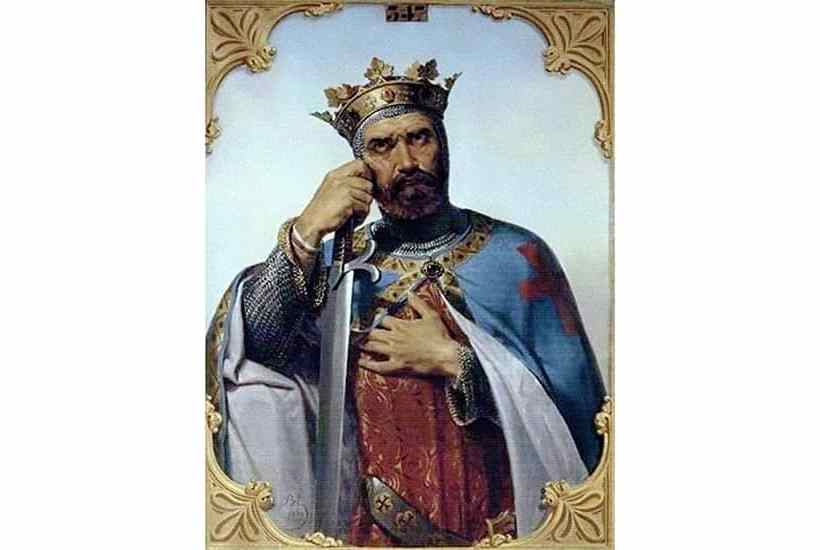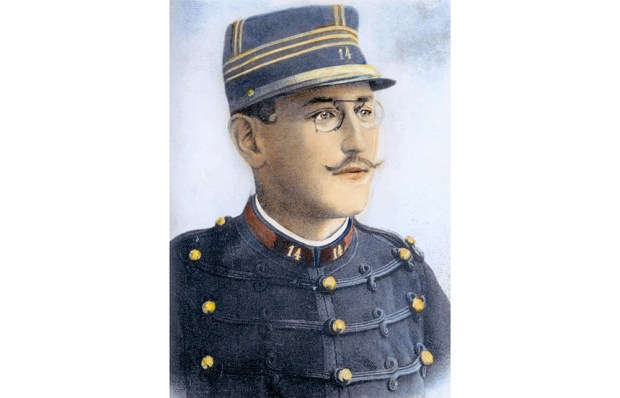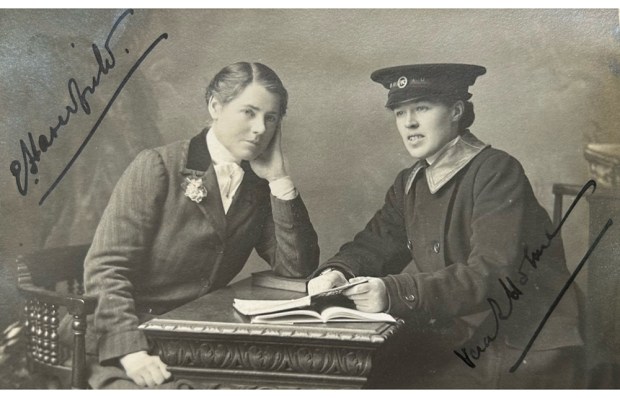The Normans had an astonishingly good run. Not only did they take over England in 1066, of course, but they also triumphed over the Muslims, establishing themselves in southern Italy and founding a principality in the Near East. William the Conqueror’s is one of the most famous names from Europe’s Middle Ages, but the achievements of Robert Guiscard were nearly as astonishing: leaving Normandy with five knights and 30 infantrymen, he became Duke of Sicily, Apulia and Calabria. Meanwhile, his son Bohemond was one of several Norman heroes of the First Crusade, and rose to become Prince of Antioch.
These military successes did not surprise contemporaries. They knew the Normans to be first and foremost a warrior race, descended from the Vikings (Normani means ‘the men from the north’). They established their dukedom as a payoff from the French crown in 911. In return, they had to stop their ravaging, swear loyalty to France’s kings and provide them with fine troops to fight their other enemies. And, crucially, they had to become Christian. To the 11th-century mind the Normans were favoured by God — in a superstitious, religious age, how else to explain their stream of victories?
Judith A. Green, emeritus professor of medieval history at the University of Edinburgh, tackles the myth of the ‘stormin’ Normans’, as she calls them, to see what their true impact and legacy were, and how they managed to pull off their astonishing achievements.
She approaches her subject with intellectual rigour and thoroughness. Her 12 chapters are broken down into numerous subheadings, and her endnotes, maps, family trees, bibliography and index account for more than a third of this comprehensive book’s 351 pages. The general reader, I suspect, may allow some of the details to wash over them, while enjoying the overall experience of being in the hands of an expert guide.
Green shows how the Normans made the most of the fortunate opportunities that existed in the 11th century. The climate was improving, populations were on the move and, given the nature of warfare, small armies controlled by able commanders could make a lasting impact — particularly given the Normans’ avid building of castles in the wake of their victories. They were, as Green says, ‘ruthless opportunists’, who nailed down their power across defeated lands.
Away from the battlefield they allied themselves with a resurgent papacy: one pope wrote in support of William’s invasion of England; another made the call to arms that resulted in the First Crusade. The Normans reinforced Christ’s work, studding their lands with cathedrals and monasteries. William may have been a conqueror, but he was also a man of genuine piety. Green describes the Normans’ fascinating transformation from pirates to Christian princes in a clear, authoritative voice.
She has a sure feel for contemporary sources, who tended to be men of religion — literate, with the time and wherewithal to write chronicles for posterity. Orderic Vitalis, an English boy committed to adulthood in the Norman abbey of Saint-Evroul, is her main witness. He recorded events connected to both his native and adopted country, but also — crucially for this book — to Italy: the mighty families of Giroie and Grandmesnil who prospered there were founding patrons of his abbey.
There is also a reliance on the Bayeux Tapestry, the victors’ priceless record of the Hastings campaign. One of the most charming passages in the book involves dress and general appearance. This is where the author is at her finest, weaving her scholarship into the reader’s imagination. The smooth-faced, short-haired Normans are contrasted with the moustachioed Anglo-Saxons with their ‘ungartered stockings’ and Green explains the gradations of status — that contemporaries would readily have understood — denoted by facial hair, clothing and headwear.
All empires finally fail. Anglo-Norman rule ended in England in 1154, to be replaced by that of the Plantagenets; and the French kings finally achieved control over Normandy in 1204. But this book leaves the downturn in Norman fortunes largely aside, allowing the reader to settle into a deeply impressive account of a warrior race in the century that marked its zenith — thanks to timing, opportunism and brilliant leadership by strong men. It is an old tale recounted with freshness and high intelligence.
Got something to add? Join the discussion and comment below.
Get 10 issues for just $10
Subscribe to The Spectator Australia today for the next 10 magazine issues, plus full online access, for just $10.
You might disagree with half of it, but you’ll enjoy reading all of it. Try your first month for free, then just $2 a week for the remainder of your first year.














Comments
Don't miss out
Join the conversation with other Spectator Australia readers. Subscribe to leave a comment.
SUBSCRIBEAlready a subscriber? Log in